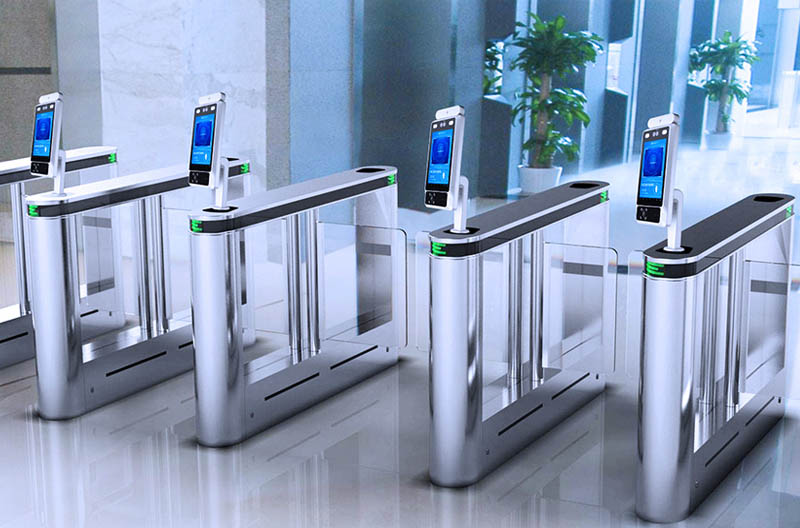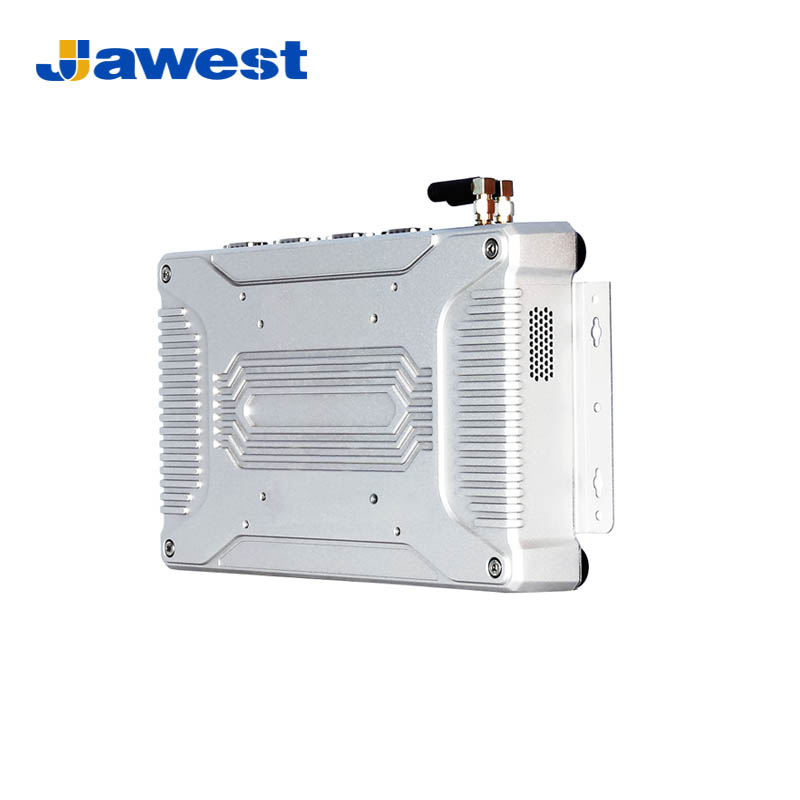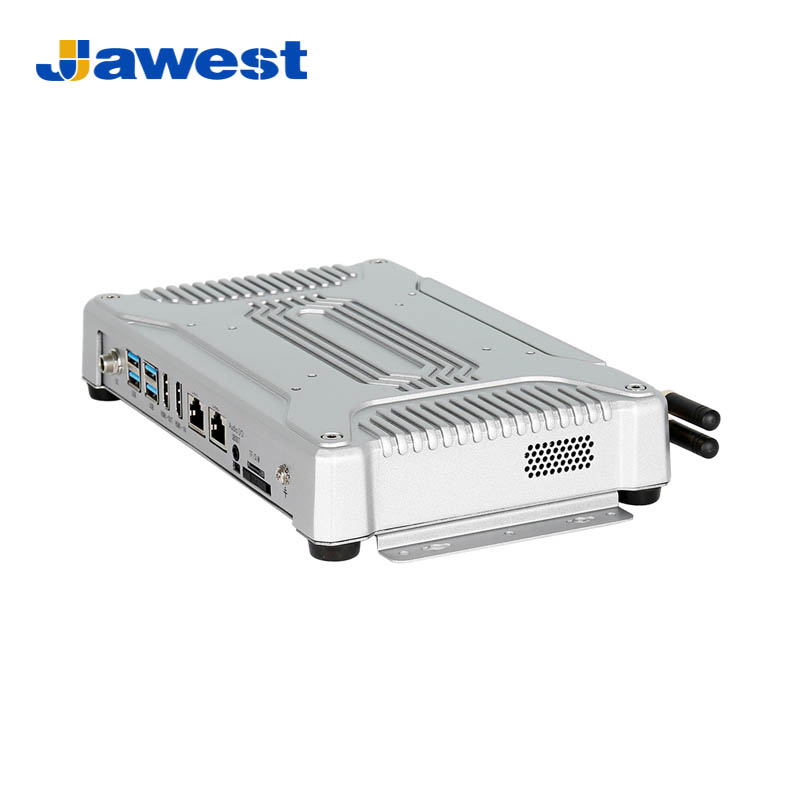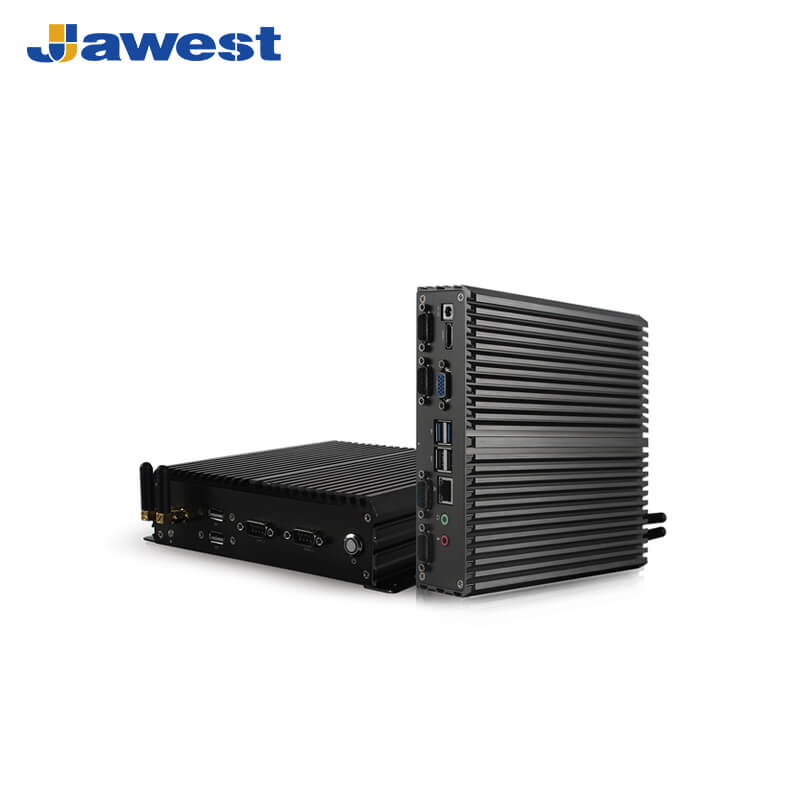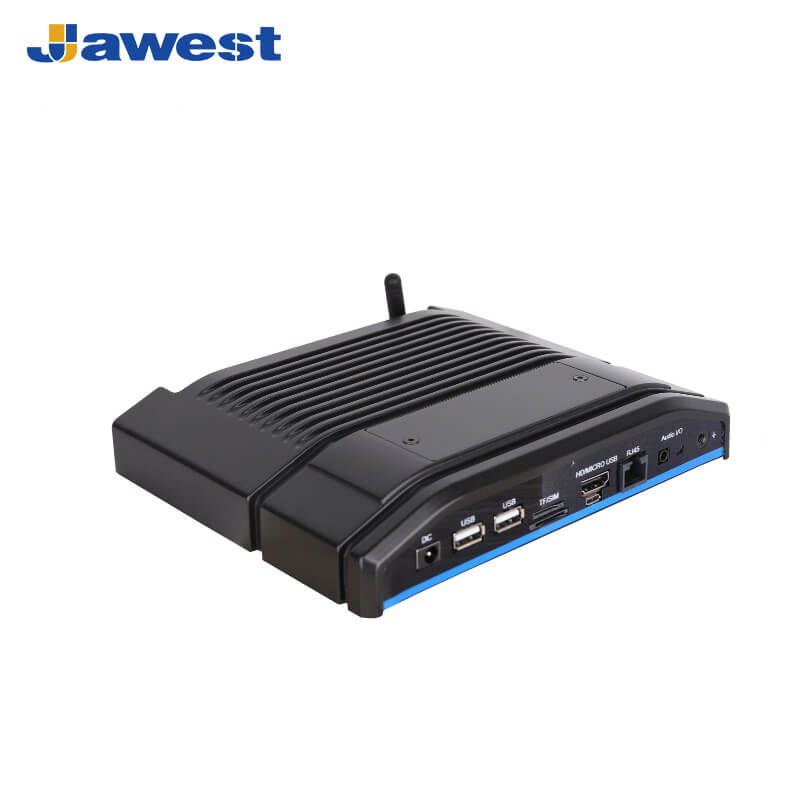Industrial embedded computers play a pivotal role in Access Control Systems (ACS) by providing the necessary computing power, connectivity, and reliability to manage and secure access to facilities, buildings, or restricted areas. Here’s how they are used in ACS:
1. Central Control and Management: Industrial embedded computers serve as the central processing unit for the Access Control System. They run the software responsible for managing access permissions, logging access events, and integrating with other security subsystems like surveillance cameras and alarm systems.
2. User Authentication: These computers authenticate users attempting to gain access through various methods such as RFID cards, biometric scans (fingerprint, facial recognition), PIN codes, or mobile credentials. They verify credentials against stored databases or central servers to grant or deny access.
3. Real-time Monitoring and Reporting: Industrial embedded computers continuously monitor access points, capturing and processing real-time data on access attempts, authorized entries, and security incidents. They generate reports and alerts for security personnel or administrators as needed.
4. Integration with Access Devices: They interface with access control hardware devices such as card readers, door locks, turnstiles, and gates. The embedded computer manages the communication protocols (e.g., Wiegand, TCP/IP) required to control these devices effectively.
5. Scalability and Flexibility: Industrial embedded computers can scale to accommodate large and complex access control systems with multiple entry points and thousands of users. They offer flexibility to integrate additional access points or expand system capabilities as security needs evolve.
6. Security and Encryption: These computers ensure the security of access control data and communications through encryption protocols (e.g., HTTPS, AES) and secure authentication methods. They also store access logs securely to maintain audit trails and compliance with security standards.
7. Redundancy and Reliability: Industrial embedded computers are designed for high reliability, often featuring redundant components (such as power supplies and storage) and robust construction to withstand harsh environmental conditions and ensure continuous operation.
8. Remote Management: Some industrial embedded computers support remote management capabilities, allowing administrators to monitor system health, configure settings, and perform software updates without physical access to the device, which is crucial for maintaining security and efficiency.
9. Compliance and Standards: They comply with industry standards and regulations (e.g., GDPR, HIPAA) related to data privacy and security, ensuring that access control systems meet legal requirements and protect sensitive information.
In summary, industrial embedded computers form the backbone of modern Access Control Systems, providing the intelligence, connectivity, and security features necessary to enforce access policies effectively and protect physical assets and personnel within secured facilities.




